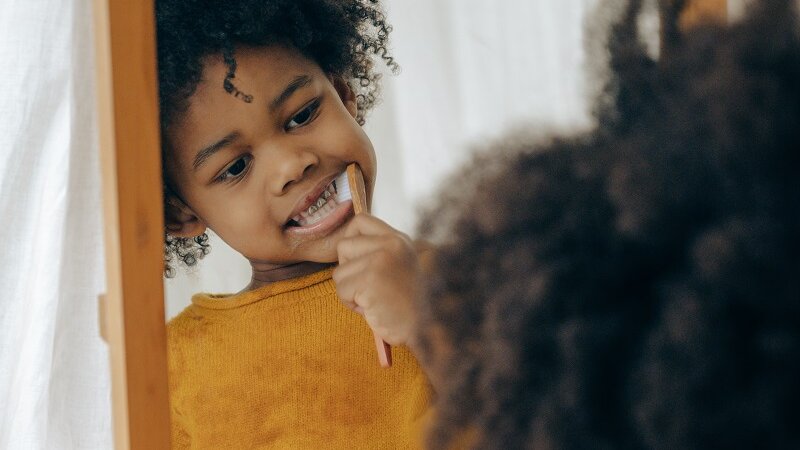Introduction
Episode #1 of the course Building routines and habits by Jenn Schilling
Hello! I’m Jenn Schilling, and I’m so excited you’re joining me for this course on building routines and habits. I am a data scientist by day, and I’ve worked in a variety of fields, including time with a Fortune 500 company and a couple of years teaching middle school. I am obsessed with self-development, and I spend much of my free time learning about wellness, productivity, and self-improvement. Through this course, I will share what I have learned through research and experience about how to create sustainable routines and habits. We will start from the very beginning by talking about intention and mindset. We will dive into building the framework for successful habits and routines. We’ll review some ideas and tips for creating morning and evening routines that will set you up for productive days. And we’ll end by revisiting mindset and putting everything together. I hope you will enjoy this course and find benefit from it.
To start with, let’s define our terms. What is a habit? From Merriam-Webster, the definition of a habit is “a settled tendency or usual manner of behavior”. A habit is something that you do without much thinking. For example, brushing your teeth or tying your shoes. When you were first learning how to tie your shoes, you had to concentrate on what you were doing and practice it many times. Most likely, now, as an adult, you no longer have to think about tying your shoes, you just do it. Such is the case with habits—habits are behaviors that we do with little conscious thought.
What is the routine? Let’s again turn to the dictionary definition to begin, once more from Merriam-Webster, a routine is defined as “a regular course of the procedure”. Routines are sequences of behavior that we repeat, but they do not occur as automatically or without thinking like a habit. We might put habits into a sequence that turns into a routine, for example, when getting ready for bed in the evening, I floss, brush my teeth, wash my face, and put on face cream. Each of these individual behaviors is quite habitual, but completing those habits one after the other is the routine.
Habits can be combined together to create a routine, but the main difference between habits and routines is that habits occur almost automatically and are typically made up of a single behavior while routines require a bit more thought and are made up of multiple behaviors strung together. Another difference worth mentioning is that once a behavior becomes a habit, it can feel uncomfortable not to complete it. For instance, I always brush my teeth before going to bed, and if I skipped this behavior, it would not feel right. But skipping a routine might not feel as uncomfortable. With enough repetition, a routine behavior can turn into a habit, but usually, the routine development must occur first before a habit develops. A habit takes time and significant repetition to develop while a routine can begin with a shorter timeline, but it is important to note that routines are harder to repeat without considerable effort compared to habits (once those habits have been developed).
So, remember that habits and routines are related but different. A habit is a behavior that happens almost automatically with little conscious effort or thought. A routine is a sequence of behaviors that are repeated frequently. In this course, we will be discussing both habits and routines. Generally, a routine or behavior comes first and with enough repetition, it can become a habit. In the next lesson, we will dive into the first step in creating any sort of habit or routine—intention setting.
Recommended book
The Power of Habit: Why We Do What We Do in Life and Business by Charles Duhigg
Share with friends

